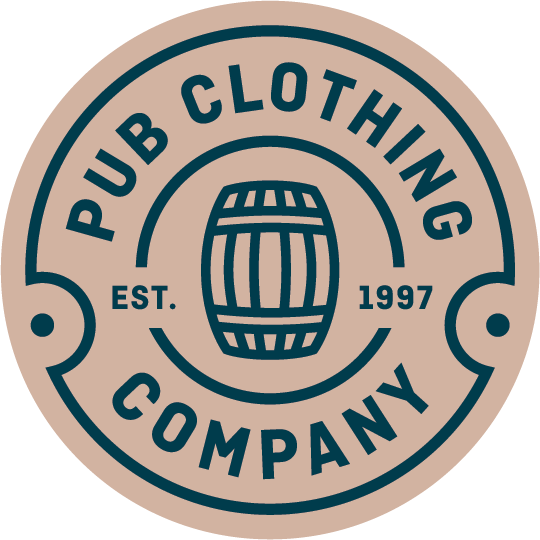Have you ever been working on an Excel spreadsheet, only to find that your formulas are returning errors or unexpected results because some cells are blank? But what if I told you that you could use AI to help manage these situations? In this article, we’re going to explore how AI can help you avoid calculating with blank cells in Excel, ensuring your formulas only compute when the necessary data is present. You might need to rank data based on multiple factors, such as sales performance and customer feedback scores. This is where things can get a bit more complex, but it’s entirely doable with Google Sheets.
Utilize Schema Markup and Internal Links
All of these factors (and more) signal to Google how worthy and deserving your website is of ranking in the search results. Writing extensively also increases your chances of featuring more related words which can be a good ranking signal. That is, Google’s main purpose is to always provide as much value to the user – and therefore protect it from bad pages and content in the search results. Larry Page & Sergey Brin developed Google and its ranking algorithm all the way back in 1996. However, throughout the years the algorithm has evolved and is constantly including new factors.
How do you actually rank a webpage using SEO?
Search intent, also known as user intent, refers to the underlying goal or purpose behind a user’s search query. These results are then ranked in order of relevance and authority, with the goal of providing the best possible answer to the audience’s query. Other metrics you should pay attention to are CTR, bounce rate, and dwell time. To have better chances to rank higher, try growing CTR and dwell time and decrease the bounce rate.
Features I Appreciate
Keyword.com gave me a clear view of how a client’s store ranked in different neighborhoods, which proved to be a major advantage for local marketing strategies. For brick-and-mortar businesses or local SEO campaigns, rankings can differ significantly within a small area. Formerly known as SerpBook, I’ve followed their progress through their rebranding.
Early on in our blog’s history, over 2/3rds of our website traffic came from 2 articles—our only 2 articles to consistently rank #1 during that time. To ensure that your site continues to rank well, check if your old content is decaying — especially blog posts with dates on them. To do this, you can use Google Search Console and see which pages have lost, clicks, impressions, or rankings. Then, prioritize the posts that are losing the most traffic and start updating them.
- While we did find that URL Rating and rankings were tied, the relationship was small.
- Shopify, one of the leading ecommerce platforms, has empowered countless entrepreneurs to launch their online stores.
- However, we found essentially zero correlation between using a keyword in your title tag and higher rankings on the first page.
- When done right, you can see an instant 12% lift on driving sales.
- Did you know 95% of search traffic goes to the first page of Google search results?
- This method isn’t perfect, but it can help create distinct rankings when needed.
The above technical search engine ranking factors have to do with your website as a whole, while these next ranking factors are more page-specific—hence the term on-page SEO. These tactics have the potential to improve your rankings in search engines. It depends on factors like the keyword’s competitiveness, your website’s authority, and the quality of your content. Generally, it SEO Anomaly can take a couple of weeks to a month for a blog post to rank prominently on Google.

